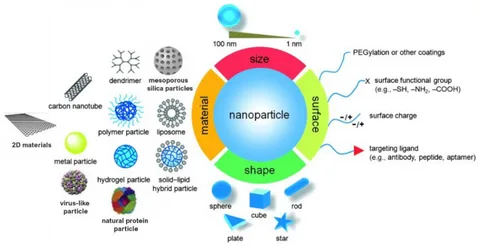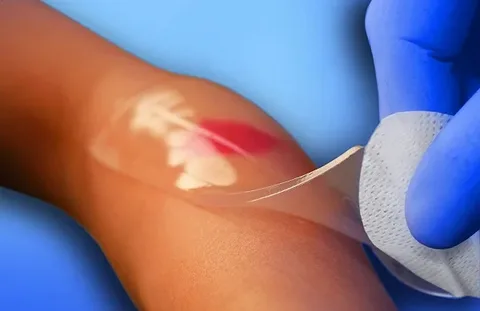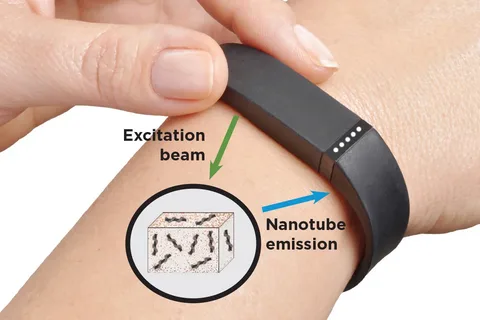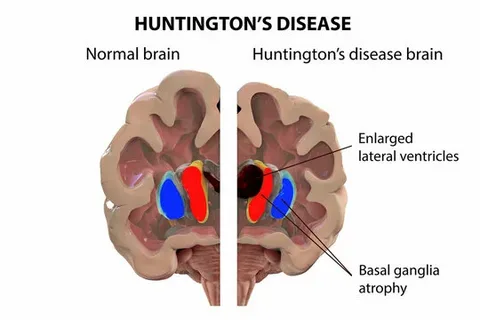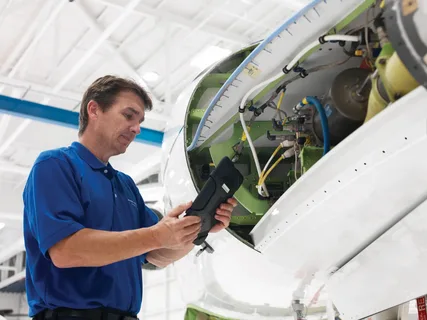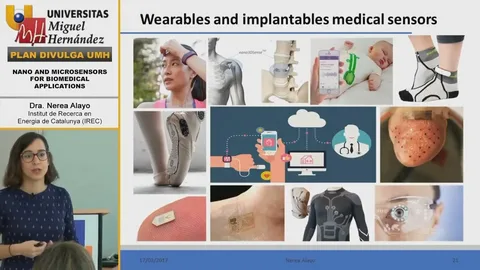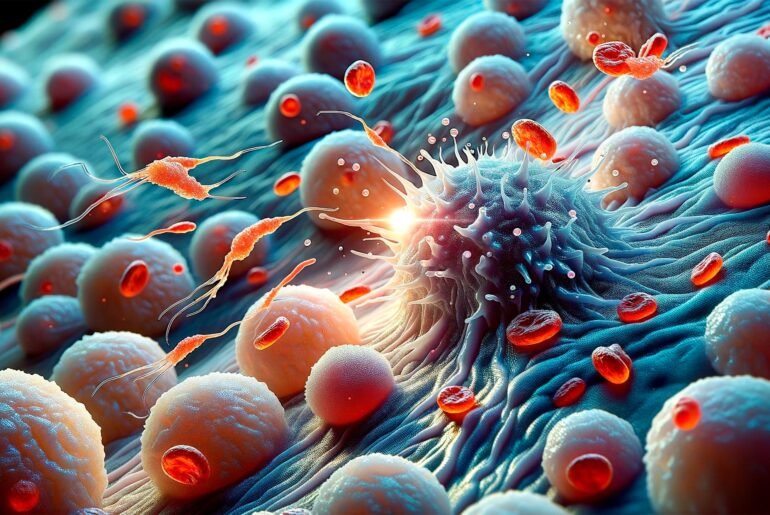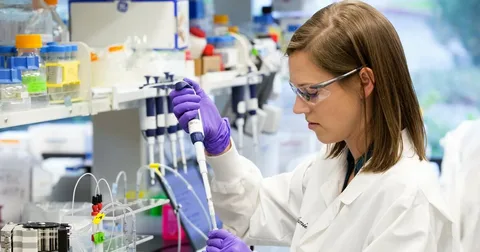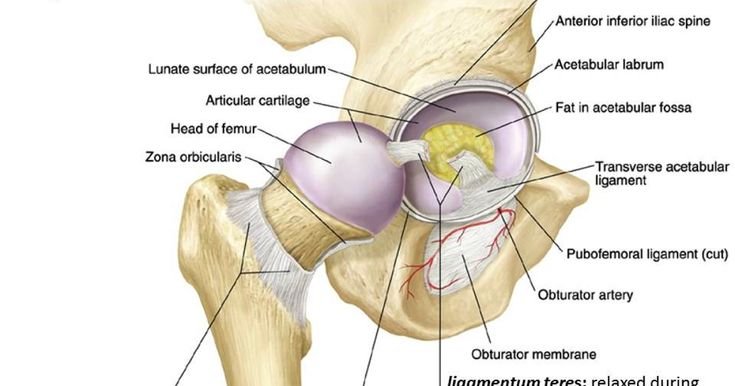Introduction With advances in nanotechnology and biomedicine, there’s a growing interest in developing nanoparticles that offer enhanced therapeutic benefits while maintaining biocompatibility. One area gaining significant traction is the use of cannabidiol (CBD)-loaded poly(lactic-co-glycolic acid) (PLGA) nanoparticles, particularly produced using microfluidic technology. These nanoparticles not only offer controlled release of CBD but also provide remarkable antibacterial and antioxidant properties. This article delves into the core properties and benefits of these microfluidic-assisted cannabidiol-loaded PLGA nanoparticles, focusing…
Wound care is an essential part of medical science, with billions invested annually to find ways to accelerate healing, reduce infections, and improve patient comfort. Among the latest advances in this field is the development of innovative wound dressings made from composite aerogels, composed of cellulose fibres and acid collagen. These materials are increasingly recognized for their biocompatibility, superior mechanical properties, and ability to manage moisture—crucial attributes for efficient wound healing. This post explores the…
Introduction In recent years, advancements in nanosensor technology have opened up a world of possibilities for biomolecular detection, bringing incredible precision and sensitivity to fields like diagnostics and imaging. Among the most exciting innovations is a nanosensor platform that enhances fluorescence signals by an impressive 100x, a breakthrough with far-reaching implications. This technology is paving the way for more accurate, early detection of diseases, highly detailed imaging solutions, and more efficient diagnostics, transforming the healthcare…
Introduction In the ever-evolving world of healthcare, early disease detection is a top priority. It’s well-documented that detecting diseases in their initial stages can drastically improve patient outcomes and increase survival rates. Traditional diagnostic tools, however, often fall short in identifying diseases at their earliest stages, particularly when dealing with conditions like cancer, cardiovascular diseases, or neurodegenerative disorders. This is where nanosensors come into play. Nanosensors represent a new frontier in medical diagnostics, combining nanotechnology…
Introduction Huntington’s disease is a progressive, inherited neurodegenerative disorder that affects the brain’s basal ganglia, causing the gradual loss of motor, cognitive, and psychiatric function. Traditionally, managing Huntington’s disease has been limited to symptomatic treatments, with no available cures. However, recent scientific advancements are changing the landscape of treatment options. A pioneering group of researchers has introduced the first polymer-based therapeutic specifically targeted to Huntington’s disease, opening a new frontier in the search for…
Introduction In today’s high-tech industries, material selection plays a pivotal role in the performance, durability, and safety of various components, particularly in fields like medicine and aerospace. Polyphenylsulfone, a high-performance thermoplastic, has emerged as a top choice for engineers and manufacturers looking to achieve reliable durability and chemical resistance. With its ability to withstand extreme temperatures and rigorous sterilization, polyphenylsulfone has become an essential material in the production of durable medical instruments and demanding…
Introduction The development of protein conjugates has transformed the landscape of biomedical polymer applications. By combining the versatility of synthetic polymers with the biological specificity of proteins, scientists are creating innovative solutions in diagnostics, drug delivery, and regenerative medicine. Protein conjugates play a pivotal role in many biomedical applications due to their functional adaptability, structural stability, and bioactivity. But designing protein conjugates effectively requires a deep understanding of both protein and polymer characteristics, as…
Introduction Cancer treatment has evolved tremendously over the past few decades, moving from traditional chemotherapy and radiation therapies to more targeted and sophisticated approaches. One of the most promising developments in recent years is the use of bioengineered immune cells, a form of immunotherapy that is transforming the way oncologists fight cancer. This cutting-edge treatment harnesses the body’s own immune system, modifying its cells to better recognize and eliminate cancer cells. In this blog, we…
Introduction Nanotechnology has revolutionized various industries, and bioengineered nanomaterials are at the forefront of this transformation. These nanomaterials, which are engineered at the molecular level, are increasingly finding applications in medicine, food, and cosmetics. The unique properties of bioengineered nanomaterials—such as their nanoscale size, surface reactivity, and enhanced functional performance—make them valuable in areas ranging from targeted drug delivery systems to food packaging and anti-aging skincare products. In this blog post, we will explore how…
Introduction Hip joint osteoarthritis (OA) is a debilitating condition that affects millions of people worldwide, leading to pain, stiffness, and a reduced quality of life. This condition primarily results from the gradual wear and tear of cartilage within the hip joint, which serves as a cushion between bones. As cartilage deteriorates, the bones begin to rub against each other, causing pain and restricting mobility. For many patients, the current treatment landscape involves pain management,…

